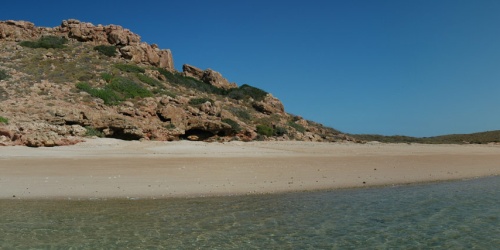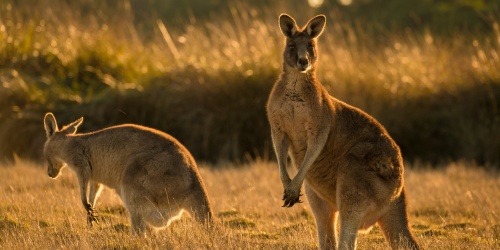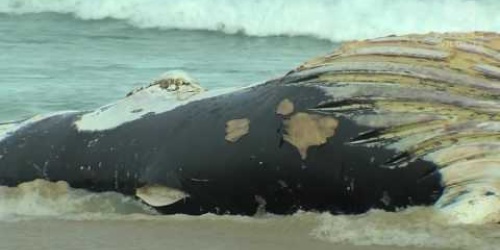
Muir's Corella
The species now has a restricted distribution of approximately 12,000km2 in the Tone Bridge, Rocky Gully, Frankland River and Lake Muir area in parts of the Warren, South West and Wheatbelt regions of the Department of Parks and Wildlife. The birds historically formed flocks numbering in their thousands, causing significant damage to grain crops. They were consequently regarded as pest birds and actively controlled by primary producers resulting in a drastic reduction in the population size in the mid 1900s, to the extent that they were deemed to be at risk of extinction. They were listed as threatened fauna under the State legislation in 1990.
With the protection afforded through their listing as threatened fauna, Muir’s corella has recovered from a population as low as 100 birds in the 1940s to over 20,000 birds in 2014. They are again forming significant flocks numbering in their thousands during the summer months where they descend on grain crops and into towns seeking food resources. They cause significant damage to standing cereal crops, compete with stock for grain that is fed during the summer and are also destructive in town environments where they chew coaxial cables, artificial turf cricket pitches and bowling greens, and cause considerable damage to gardens and lawns.
Such has been its recovery that the species was removed from the Western Australian threatened species list on 6 November 2012. Muir’s corella does, however, remain specially protected by State legislation. A Wildlife Management Program has been prepared to meet the expectation of the community to control the birds as they are regarded as a pest, yet not to decrease or impact on the bird’s population to such an extent it again meets the criteria for listing as a threatened species. The Wildlife Management Program considers and identifies the actions needed to meet the community demands for management of the birds and for the continued conservation of the species.






